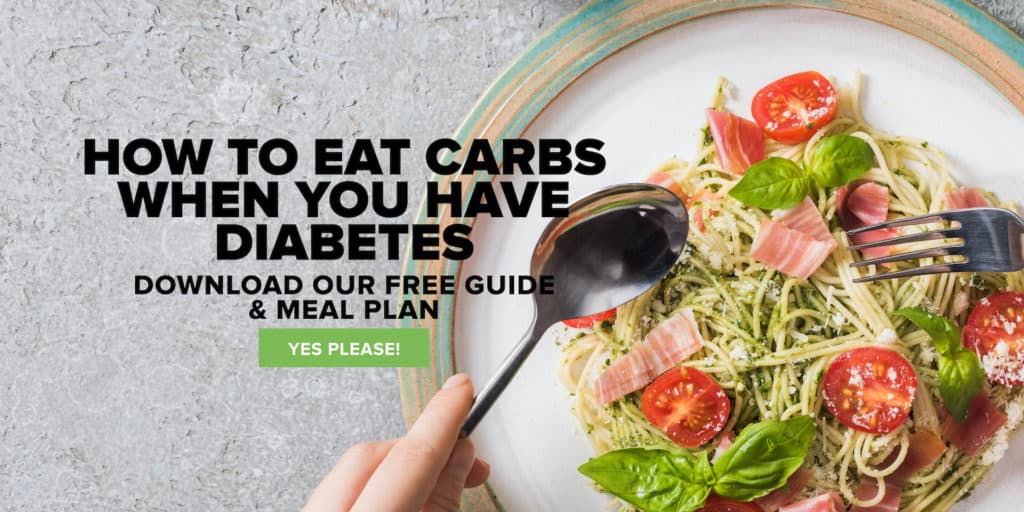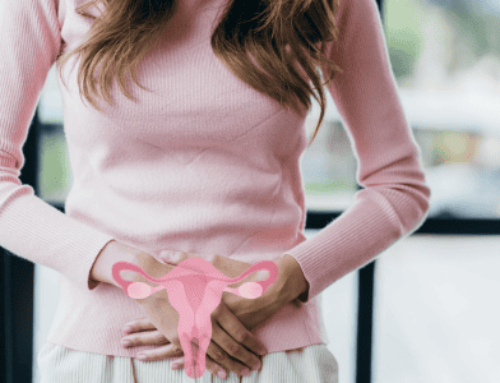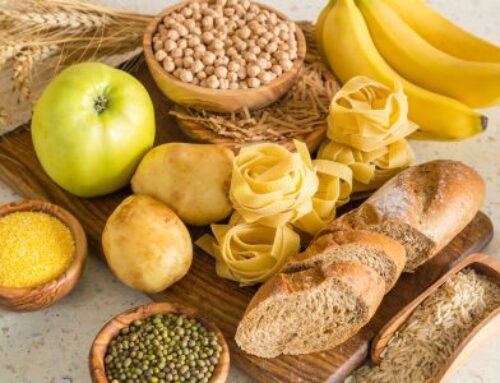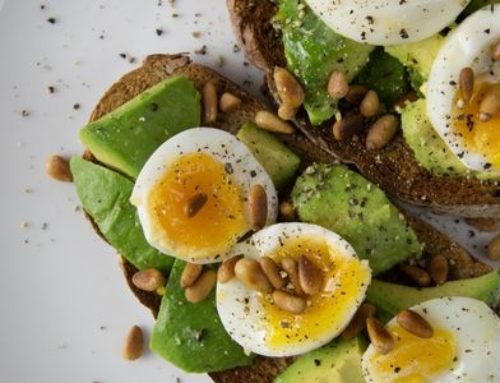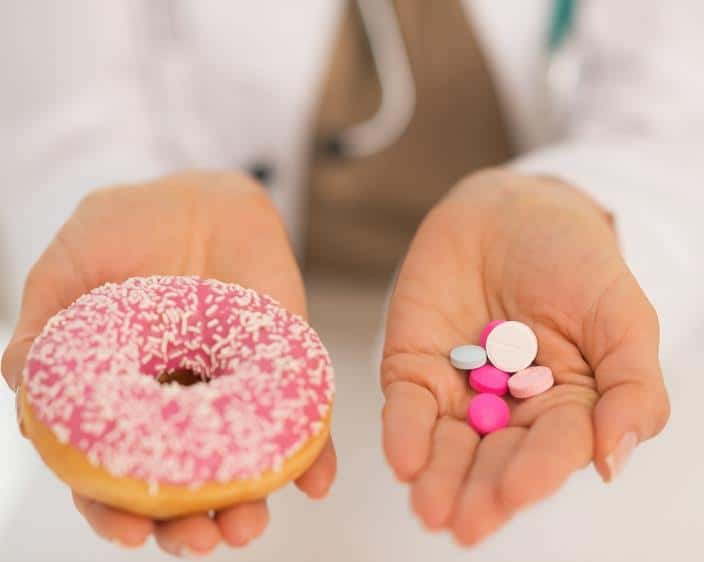
You may have been to the doctor recently and found out that your blood sugar levels are higher than they should be. Yikes!
Or maybe someone you know has been diagnosed with Type 2 Diabetes. Scary!
I mean, that’s it, right? There’s no coming back from here. It’s just going to get progressively worse, no matter what you do.
It’s a progressive disease, right?
That’s the way we’ve looked at insulin resistance and Type 2 Diabetes for a long time. It’s seen as a progressive condition and once you’ve got it, you might be able to manage it for a while, but eventually your pancreas will give up and you will be reliant on insulin injections.
Wrong! There is considerable evidence that we can stop Type 2 Diabetes in it’s tracks through changes to our diet, exercise routine and body composition. These changes can even result in a remission of Type 2 Diabetes. Remission occurs when there is a temporary end to medical signs and symptoms of a disease. In the case of Type 2 Diabetes, blood sugar levels (BSL) return to a normal range and the disease doesn’t progress. That’s some pretty exciting news for people who have, or are at risk of developing, Type 2 Diabetes. You’ll have noticed that I said ‘temporary end’. I will explain that more, but first let’s look at how we can make it happen.
Type 2 Diabetes is caused by insulin resistance.
Type 2 Diabetes is a confusing health issue. Many of the clients I see have been told that they have it, but don’t fully understand what’s going on in their body.
It all comes down to insulin. Insulin is a lovely little hormone that’s made in our pancreas. Its job is to stop our blood sugar levels (BSL) from getting too high. This is how it does it:
- We eat food that contains carbohydrates.
- Our digestive system breaks down those carbohydrates into sugars.
- The sugars are absorbed from our small intestine and travel into our blood stream.
- As the sugars are absorbed our blood sugar levels increase. Our pancreas knows that it has to prevent our BSL from getting too high, so the pancreas sends insulin to work.
- Insulin starts talking to our liver, our muscles and our fat tissue and tells them to take the sugar out of the blood stream.
- Our liver, our muscles and our fat tissue listen to the insulin. They take some of the sugar out of the blood and store it for a while (mostly as glycogen, rarely as fat).
- This stops our BSL from getting too high and insulin can pat itself on the back – job well done.
Insulin resistance, or reduced insulin sensitivity, is when our liver, muscles and fat stop listening to insulin. Insulin is telling them to store the sugars but they ignore it (jerks right?). The pancreas has to send out more and more insulin to get them to listen.
Where is the tipping point?
The trouble with this situation is that the pancreas reaches a point where it can’t make enough insulin to keep your BSL in check. High sugar levels show up in your blood tests (and your doctor tells you to see a dietitian). When your fasting BSLs reach certain points, the doctor will investigate a Type 2 Diabetes diagnosis.
Reversing Diabetes
Sending Type 2 Diabetes into remission is all about improving your insulin sensitivity and reducing resistance (i.e. getting your liver, muscles and fat to listen to insulin). Luckily, sensitivity to insulin is constantly changing. As Kate explained in The Daily Dollop, insulin sensitivity is like a dimmer switch; it gets stronger or weaker based on what we are doing, what we are eating, and our body composition.
Improving insulin sensitivity
Weight loss
Reducing calorie intake and weight loss is the big one! There is consistent, good quality evidence that even a moderate reduction in weight (5-10%), can improve insulin sensitivity and fasting BSLs. While science is not certain of the exact mechanism of insulin resistance, we do understand the strong relationship between higher body fat and reduced insulin sensitivity. By reducing body weight, particularly central body fat, we reverse the cause of insulin resistance.
Consuming whole foods
While our calorie intake is important, and reducing weight is key, overall diet quality is just as vital to improving insulin sensitivity. Consuming nutrient rich foods such as fruit and vegetables helps us to naturally moderate out appetite, as well improve the Glycemic Index (GI) of out meals. This can help to improve our sensitivity to insulin over an extended period of time. What’s more, a high consumption of vegetables and fruit is associated with a lower risk of death from all causes. That’s a pretty amazing reason to eat more veg!
Lower carbohydrate diets
There is growing evidence that moderating our intake of carbohydrate helps to improve insulin sensitivity. If we’re insulin resistant and consume excessive portions of carbohydrate, our pancreas has to work in over drive to keep our BSLs in check. Sometimes it won’t be able to do it and high BSL can do damage to our blood vessels and nervous tissue. Reducing the portions of carbohydrate and choosing low GI carbohydrate sources takes the pressure off the pancreas and improve insulin sensitivity.
Before you go running scared of potato, let’s get something straight. A low carbohydrate diet does not mean a NO carbohydrate diet. There is actually no definition of what a low carbohydrate diet is. Much of the research into improving insulin sensitivity focuses on an intake of between 20-40% of daily energy from carbohydrates. For most people this range can include an appropriate portion of carbohydrate rich foods at main meals.
But what does that mean for me? Good question! This is why an individualised approach is most important. 20-40% of energy from carbohydrates will look different for everyone depending on when and what you like to eat. The Reversing Diabetes Group Program delves in what this could look like for you and provides you with practical ways to manage your carbohydrate intake.
Exercise
Exercise stimulates our muscles. Stimulated muscles are more sensitive to insulin. They become better listeners. Both cardio and resistance exercise can improve your muscle’s insulin sensitivity for hours and even days after exercise. This is a great strategy to help manage insulin resistance. Resistance exercise, in particular, increases muscle mass and the more muscle we have, the more opportunity it has to listen to insulin. By aiming for 30 – 60 minutes of physical activity each day you can improve insulin sensitivity directly and assist with weight loss for long term improvements.
Remission is not a cure.
A range of other factors can effect these strategies. Type 2 diabetes is a complicated disease. There are strong genetic components to its development and everyone is different. The longer a person has Type 2 Diabetes the greater the risk of damage to the pancreas. While these changes will definitely do your body some favours, if the cells in the pancreas that create insulin are too damaged medical intervention is essential.
Remember that I mentioned ‘remission is a temporary end’, well that’s true. Just like cancer, we don’t have a cure for Type 2 Diabetes. All the above strategies to push Type 2 Diabetes into remission are about management, not treatment, and if those strategies are not maintained, the medical signs and symptoms of Type 2 Diabetes can and will return.
If reversing diabetes is your goal, be realistic. 8-12 weeks of a different diet and exercise might improve your insulin sensitivity but as soon as the habits stop, the results will stop. Try not to look at Type 2 Diabetes remission as something you can do for 8 weeks and you will be cured. Make changes that become part of your life and part of who you are. Any other approach is a Band-Aid.
If you suspect insulin resistance or you’re ready to get your diabetes under control, our dietitian Melissa and help you with long term healthy eating advice that suits your life!
